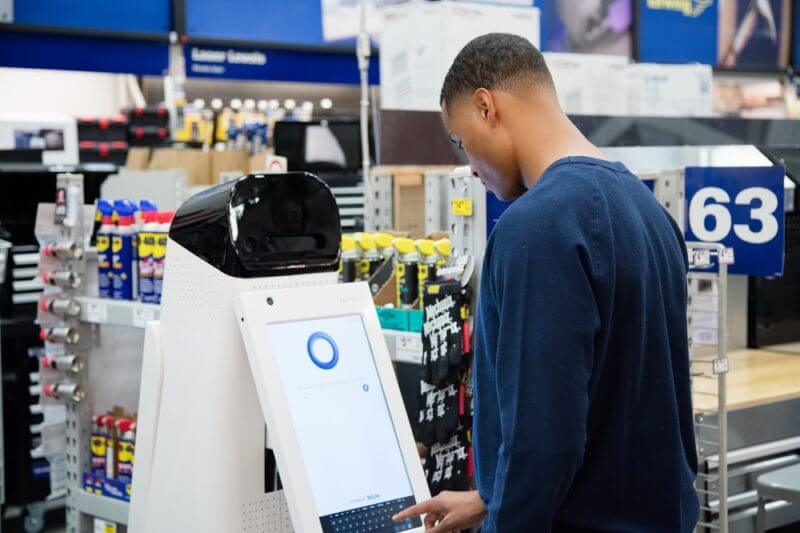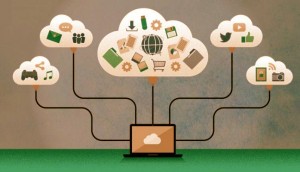As exciting as technological developments may be, contributor Mike Sands urges marketers to keep their eyes on their customers.

Remember what life was like before we had smartphones? We flipped through inches of white pages without a thought, carried impossible-to-fold maps wherever we traveled and never left home without pocket change.
Now, it seems as if we think everything would work better if it were smart. We can buy smart umbrellas that tell us where we left them and when we’ll need them next. Smart diaper-changing tables that track Junior’s weight, food intake (and output). Even smart underwear that can adjust our home’s thermostat based on our body temperature, change our Spotify playlist based on our mood and adapt our e-gameplay to our stress levels.
With businesses so quick to employ the latest technologies, it got me questioning whether leveraging all this tech is really so smart after all. In an industry prolific with promises of shiny new toys, I worry about marketers becoming blind to the fundamentals of marketing and relying too much on technology, instead of their heads, to evolve and enhance customer experiences.
Don’t risk losing the human touch
While keeping up with technological advancements is absolutely critical to keeping pace with today’s complex consumer habits, integrating new technology without a complete understanding of how it works, how it changes consumer behaviors and what value it adds to the customer experience is potentially reckless and off-putting.
Marketers who risk losing the human touch also risk losing customers. Consider that in a 2017 survey commissioned to find out how people really feel about the much-hyped area of artificial intelligence, 57 percent said they would have no problem engaging with a brand’s chatbot online, yet 65 percent said they have a big problem dealing with a robot instead of a human in a store.
As cool as it may sound to implement artificial intelligence, augmented reality, virtual reality or whatever comes next, marketers need to consider them not as new toys but as new marketing tools, opening up more ways to communicate with customers — and, just as important, more ways to collect data to solve their problems, anticipate their needs and improve their lives.
Follow Amazon’s example
Take the enviable success of Amazon. The reason that it is now the most valuable brand on the planet is not that it’s an AI pioneer, employing sophisticated applications to run customized search and recommendation engines, voice-enabled shopping and, most recently, human-less checkouts at Amazon Go.
It’s because Amazon adds technologies sympathetically, with the customer experience front and center. By offering the simplest and most convenient shopping experience possible — not better products, not better prices — it delivers on its brand’s promise. This is what drives customers to return, in turn leaving Amazon with loads of first-party data to craft even more innovative ways to make shopping experiences even better.
Every brand offers some unique value to its customers, and marketers need to keep this top of mind when strategizing technology solutions. A good example is home improvement retailer Lowe’s. With shoppers ranging from serious do-it-yourselfers needing guidance and inspiration to errand-runners on a quick quest for a hammer, Lowe’s has rolled out a series of AI, AR and VR solutions to help decrease friction points and improve the in-store experience on an individual basis.
On one end of the spectrum is Lowe’s Holoroom How To in-store simulation experience, a combination of AR and VR technology that teaches shoppers necessary skills to complete home projects, as well as designing and visualizing customized options. On the other is the Lowebot, a super-simple roaming robot that makes it easy for customers to find and compare products or locate the restroom.

Lowe’s LoweBot, pictured in a publicity photo
When robots go wrong
Of course, robots aren’t for every business — something Scottish supermarket chain Margiotta reportedly learned the hard way. A week after introducing Fabio, a robot that took on a variety of tasks like welcoming shoppers, locating products and offering food samples, it became clear it was unhelpful — even creepy — and could not fill a human’s shoes, so Margiotta pulled the plug.
Let’s face it, operating in a marketplace where the next big thing is old news by lunch is enough to get any marketer’s panties in a bunch. (This is where that smart underwear might alert you to take a deep breath.)
Yet keep in mind that marketing is no longer about creating consumer journeys; it’s about empowering them. Sure, technology is absolutely critical. But marketers must remember that technology has a purpose, as well as limitations, and as far as I know, it has yet to replicate the authentic empathy and emotional intelligence of humans. And that, after all, is what makes marketing smart.
Opinions expressed in this article are those of the guest author and not necessarily Marketing Land. Staff authors are listed here.
Marketing Land – Internet Marketing News, Strategies & Tips
(86)
Report Post










